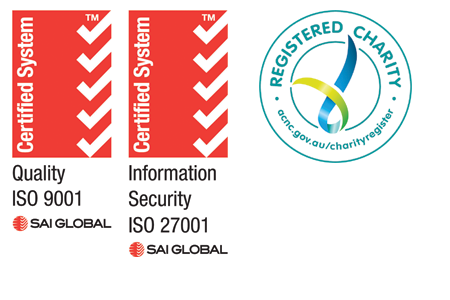By the numbers: population health measurements and planning
Pictured: Couple walking in Queens Park in Moonee Ponds. (Image: Leigh Henningham.)
NWMPHN is committed to building primary health services that provide equitable care.
This is a massive challenge. We have a catchment of 3,212 square kilometres, containing about 1.9 million people. There are areas of relative wealth and others experiencing deep social and economic disadvantage.
As well, local government areas such as Wyndham, Melton and Hume are among the fastest growing in Australia. In just five years from now, the catchment will add another half a million residents.
Given such a large, varied and dynamic population, the ability to measure change and gather evidence of efficacy is critical. Identifying service gaps and forecasting shortfalls are key to understanding where primary health care provision must change, and how it must adapt.
The foundation for this work is our triennial Health Needs Assessment (HNA) – a document that synthesises data gathered from multiple sources, ranging from the Australian Bureau of Statistics to de-identified information provided by general practices. It is important that the information from general practices is gathered securely, efficiently and cost-effectively. This ensures that this critical source of data used for planning and quality improvement is robust and future-proofed.
Complementing the general HNA for our catchment, NWMPHN produces other large scale health assessments. This year, in addition to completing the NWMPHN HNA, we also produced the Eastern Melbourne Primary Health Network’s HNA. Also, our Population Health and Planning Team led the development of a statewide suicide prevention system analysis.
The team also created an internal web-based application designed to streamline our own strategic reporting processes. Called Indicator Reporting and Insight Services, or IRIS, it acts as a single repository for performance data, allowing all reporting information to be entered and securely stored. It includes a scheduler, setting key dates for each reporting period and providing automated reminders to stakeholders about critical deadlines.
Pages in this section
NWMPHN is committed to evidence-based decision-making. Foundational to this process is the safe acquisition and analysis of data from multiple sources.
Data and reporting
Picture: Edinburgh Gardens in Fitzroy. (Image credit: Julie Sucksmith)
Innovation
At NWMPHN we believe service can always improve – in effectiveness, efficiency and reach. To achieve this, we constantly investigate new ways to deliver health care.
Pictured: Mosaic mural in Moonee Ponds (Image credit: Leigh Henningham)
Partnerships and collaborations
Health care functions best when people and organisations work together. NWMPHN is committed to cooperation, collaboration and catalysing caring communities.
Pictured: Care finder Penny Montuoro (L) with Italo (Image credit: Mike Keating)



